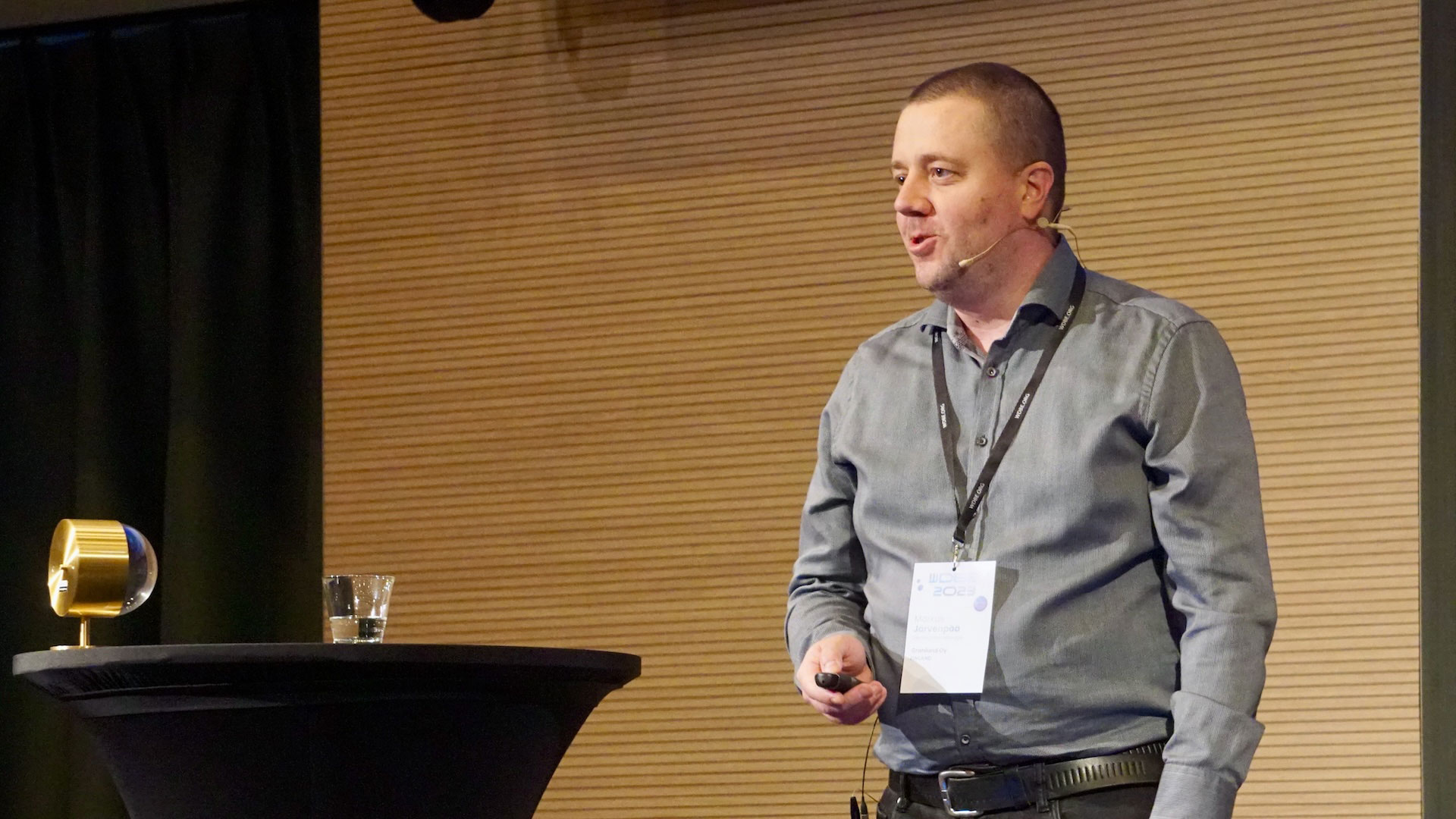As I’ve written previously, Finland will start implementing BIM-based building permitting in 2026. The national RAVA3pro project laid the groundwork for the new process by creating the necessary IFC data definitions for BIM models, including those for building services.
A recent article in the Finnish Building Services Magazine (Talotekniikkalehti) featured the groundbreaking work of Markus Järvenpää, Group Manager for BIM Development at Granlund. He has been occupied by the national standardization of building services models for the last five and a half years.
Fluff does not scale
Standardizing MEP (mechanical, electrical, and plumbing) model information was necessary because no national or international standards exist for the entire industry.
“IFC model data structures and content are currently a heap of fluff. They cannot be used systematically, because the models differ across every project, and nobody has the resources to rebuild functionalities on top of that fluff heap every time,” Järvenpää says.
Not just for regulatory needs
Järvenpää stresses that this standardization isn’t solely for regulatory compliance. It addresses the needs of the entire construction ecosystem. It enables companies to build their own workflows on a standardized basis.
For example, a cost estimator receives initial data, then enriches it with their expertise. Models don’t have to include every small item, like supports. These can be sourced from external databases during the cost estimation process.
Integrating with the design process
Järvenpää explains that creating and using models within this framework is easy for designers.
“When modeling, say, a sound attenuator, the designer simply selects ‘silencer’ from a list, and the required data structure is automatically embedded in the IFC model. Designers can focus on their core expertise instead of needing deep technical data skills.”
A duct knows it’s a duct, and it always includes, in the same data structure, for example, its connection size and length.
Serving multiple workflows
According to Järvenpää, any process needing object-level data will benefit from the standard.
Obvious use cases include cost estimating, location-based logistics, and sustainability calculations.
You can use standard MEP data from previous projects and connect it to, for example, the actual costs for benchmarking purposes. That way, you get an idea of costs for a particular type of project with specific MEP solutions even before you’ve started the design process.
The implementation has commenced
Finnish companies are testing with the new standard. While widespread uptake is still pending, some RFPs already require data structures that adhere to the new framework.
“I see the act and decree as strong boosters for the industry. It’s great that this was accomplished at the national level. One company’s internal spec won’t suffice; this must become a de facto requirement for the whole sector to see real benefits,” says Järvenpää.
The takeaway
International IFC standards provided the foundation, but not the semantics needed for legal compliance and data automation for MEP. In a previous presentation, Järvenpää stated that IFC entities and enumerations cover only 7% of MEP objects and 4% of MEP system types, which is insufficient for consistent automation.
RAVA3Pro, guided by Järvenpää’s MEP expertise, bridged the gap by turning “fluff” into actionable data. With the new framework, models will be machine-readable, verifiable, and comparable across projects, tools, and even lifecycles.
Through RAVA3Pro, Finland is establishing another European benchmark for how national BIM frameworks can enhance digital permitting, lifecycle management, and sustainability.
Note: The quotations are my translations from Finnish.
View the original article and our Inspiration here


Leave a Reply